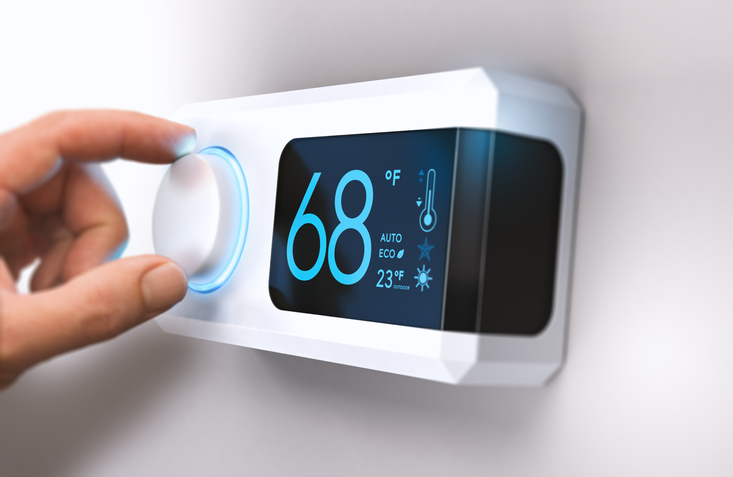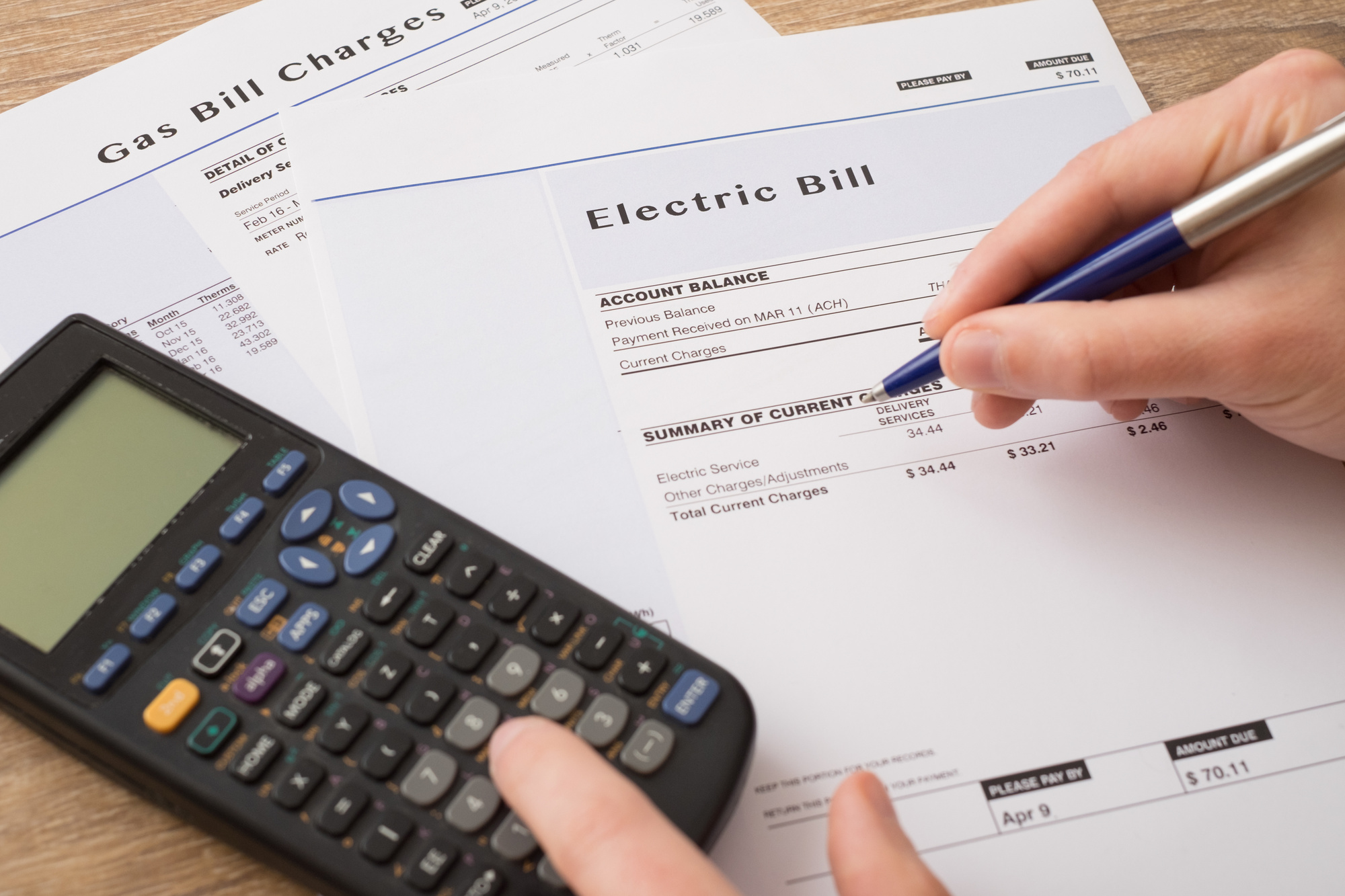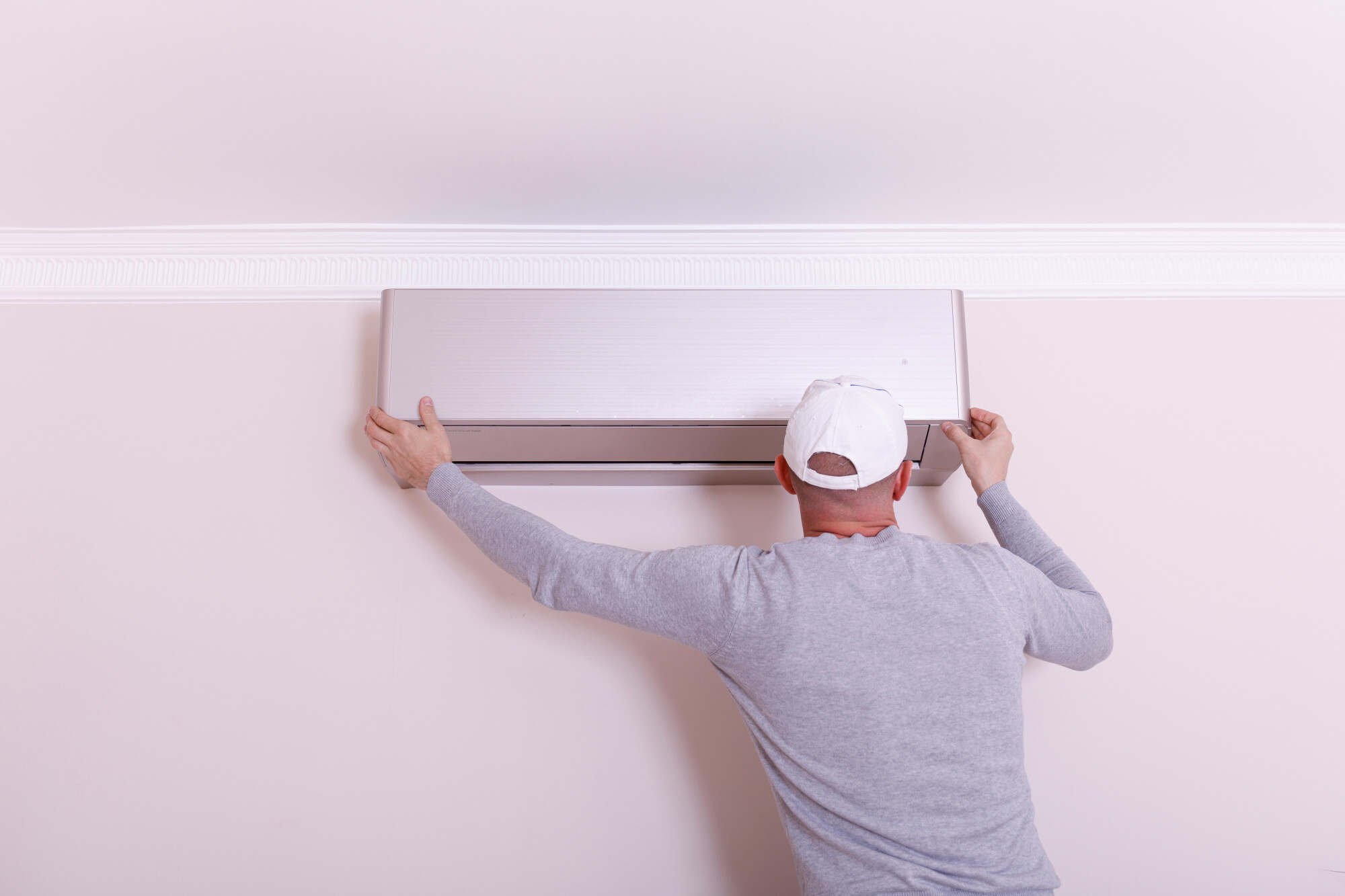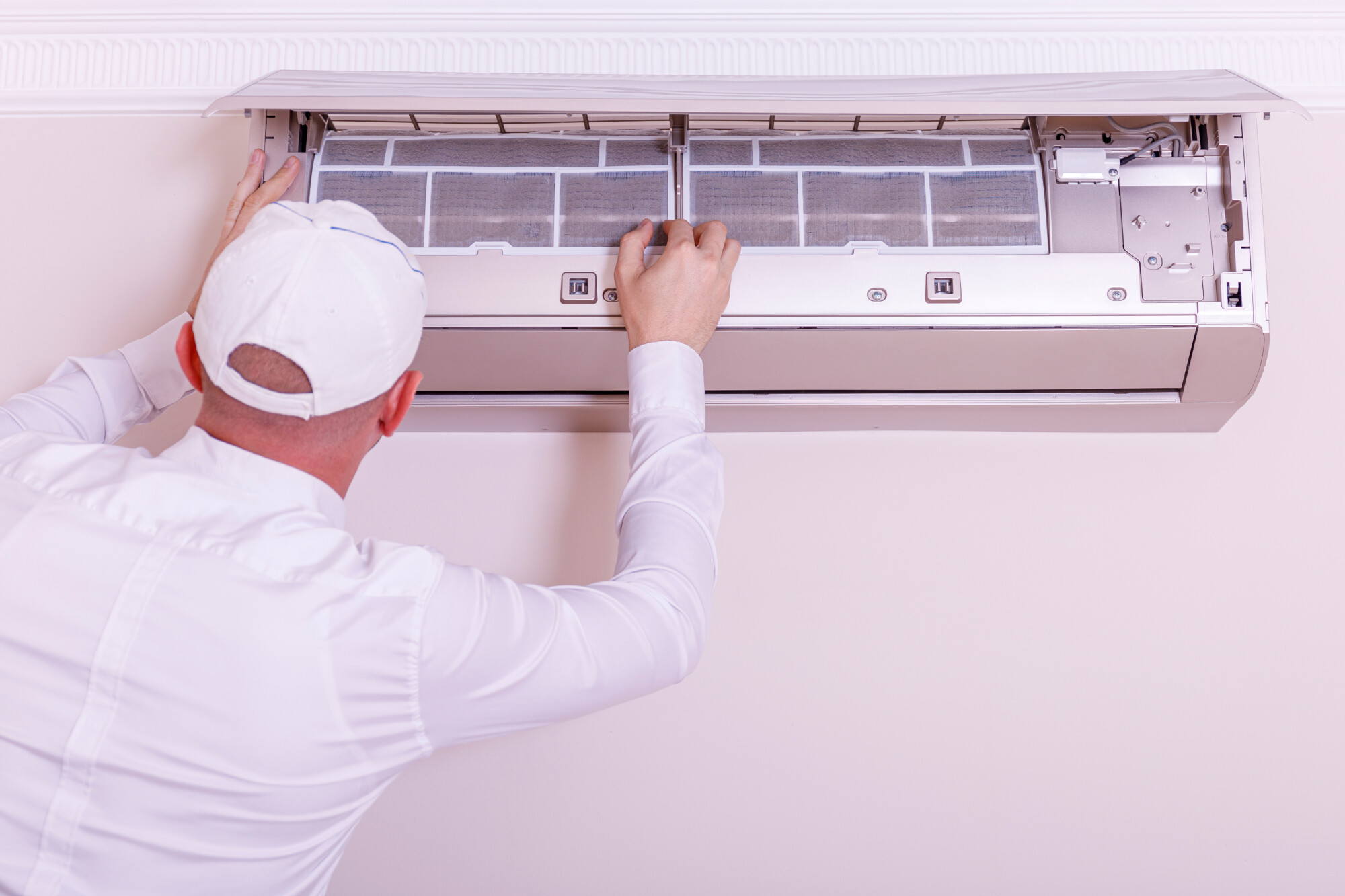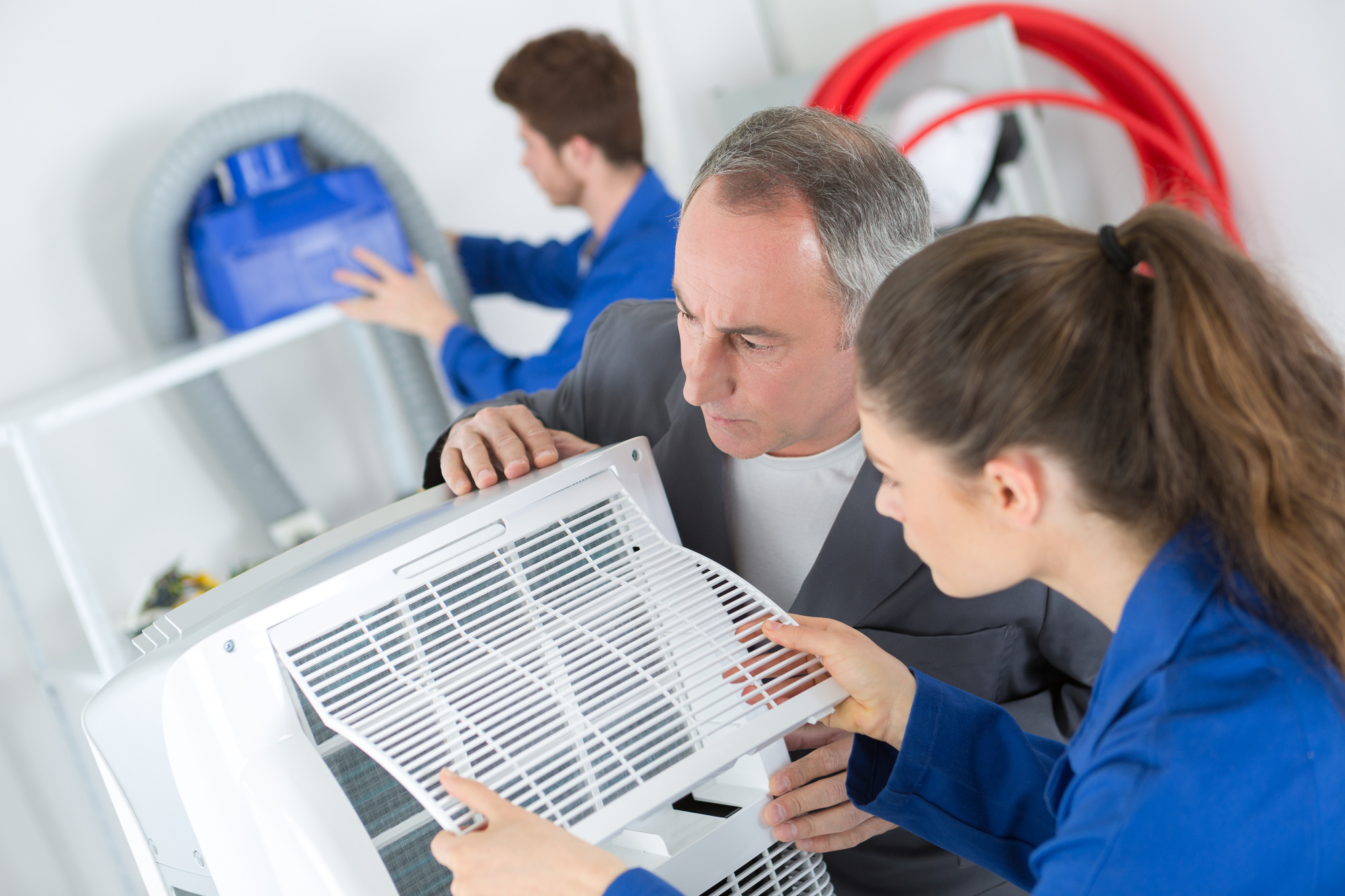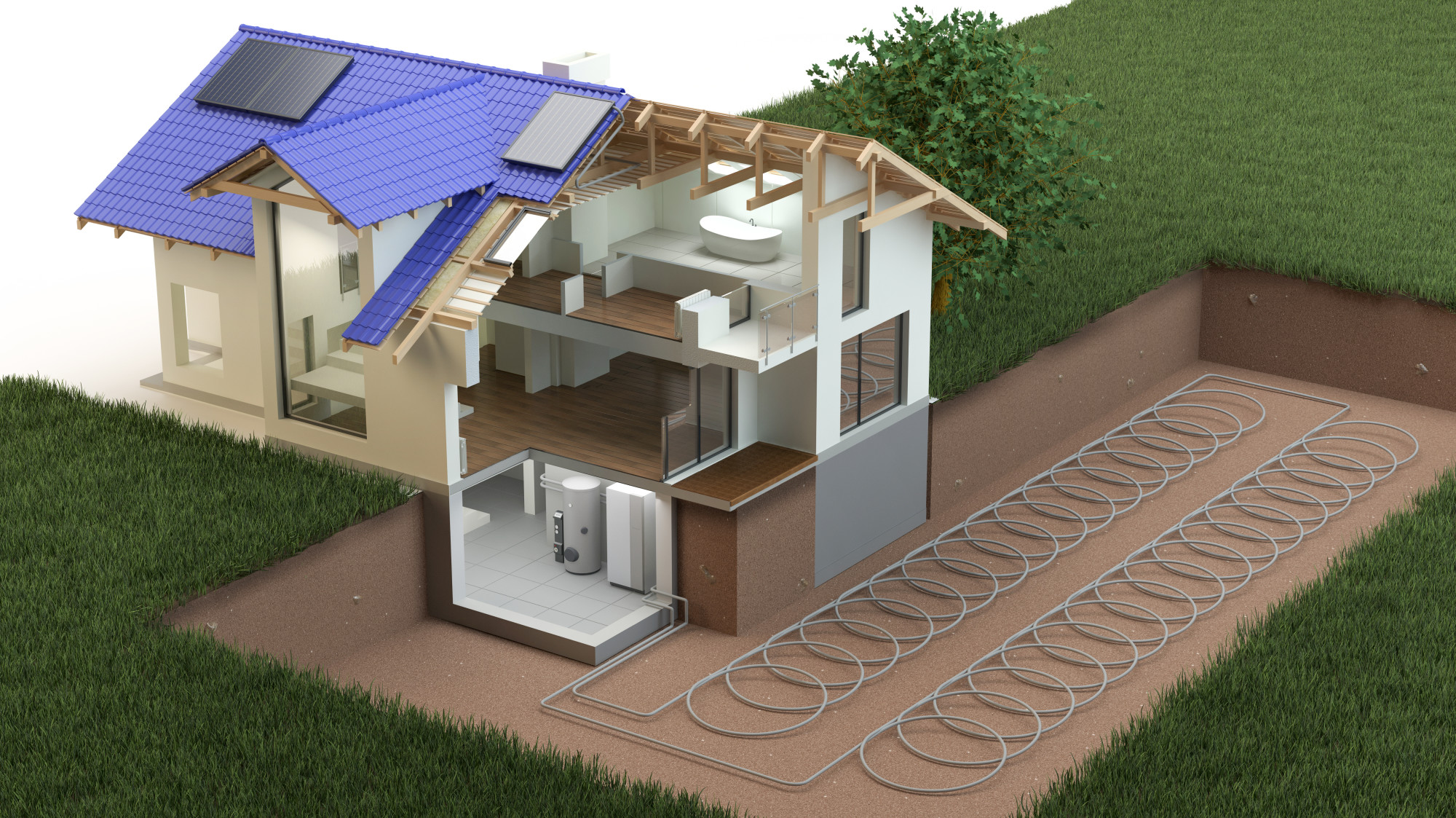
Despite the growing popularity of solar panels in the United States, there could be a better solution to rising energy costs. It’s called geothermal energy, and it works by harnessing the natural heating and cooling of the Earth’s crust.
But, what are geothermal heat pumps, exactly? While it might sound complicated, it’s actually quite simple.
If you’re looking for a new heating and cooling solution, read this guide to learn more about geothermal heat pumps. You might be surprised to learn how great of a solution they can be for Bellville, Ohio homeowners.
Components of a Geothermal Heating and Cooling System
There are three main parts of a geothermal heating and cooling system. They are:
- The ground loop
- The heat pump
- The distribution system
Each of these pieces is essential to the operations of the geothermal system. Let’s break down how they work.
The Ground Loop
Much like it sounds, the ground loop is a piping system that sits underground on your property. The loop itself can be either closed or open. If it’s open, it’ll open into any nearby water source, such as a well or pond.
The purpose of these pipes is to fill them with fluid. This helps the system in the heat exchange process.
The Heat Pump
The geothermal heat pump is what actually performs the heat exchange between the ground loop and the outside air. Whether the heat will come from the outside air or the ground loop will depend on if you are heating or cooling the home.
We’ll explain this process in a bit more detail later.
The Distribution System
Once the heat has been exchanged, it needs somewhere to go. The distribution system is what actually delivers the cooled or heated air to your home.
These HVAC systems work pretty similarly to a regular air conditioning/heating unit. They use ductwork to deliver the air, just like a regular HVAC system.
In some cases, geothermal distribution systems are hydraulically powered. This means you may have fluid-filled pipes running throughout your home to aid in temperature distribution.
How Do Geothermal Heat Pumps Work?
All geothermal services are powered by the geothermal heat pump. It works by exchanging the ground’s heat and the air’s heat. This process is possible because the temperature underground generally remains at a consistent 50 to 60 degrees Fahrenheit all year round.
The Heating Process
Let’s go through the heating process step-by-step:
- Ground loop fluid absorbs the heat of the Earth
- The heat pump pushes the fluid from the ground loop up into the home
- The heat pump’s heat exchanger uses the energy from this heat to warm the air within the distribution system
- The ductwork of the distribution system spreads the heated air throughout the home
The Cooling Process
This process essentially reverses when it comes time to cool the home. So, the cooling process works like this:
- The heat exchanger absorbs the heat from the air
- The heat pump sends this heat into the fluid of the ground loop system
- The ground loop deposits this heat into the surrounding earth, clearing it from the air and cooling the home
It might sound like science fiction, but it’s really just…well, science!
The Benefits of Geothermal Heat Pumps
There are a lot of reasons why geothermal heat pump installation is a good idea for homeowners. Primarily, though, it comes down to cost and energy efficiency.
Though solar panels might be all the rage right now, you might be surprised to learn that geothermal systems actually tend to be the better deal. Here’s why:
Energy Efficiency
A geothermal system is about twice as efficient as any top-of-the-line conventional air conditioning or gas furnace system, depending on a variety of environmental factors.
For example, it takes a traditional system 2.2 kilowatt-hours of electricity to produce 12,000 Btu of cooling on a 95-degree Fahrenheit day. A geothermal system can manage the same output in only a single kilowatt-hour.
Additionally, geothermal systems are much quieter than their conventional counterparts. Instead of needing noisy fans, they only require the pumping of liquid. This also means the system can be housed indoors, which helps it to last longer than more traditional alternatives.
Of course, all this energy efficiency means good news for the environment. It’s also great news for your wallet.
Save Money
The initial cost of installation for a geothermal system can be quite steep. This is due to the large amount of piping installation required for the system to function.
However, the amount you save on energy costs quickly adds up once the installation is complete. In fact, the best geothermal heat pump for your situation could have you recouping costs, and then some, in as little as seven years.
In Bellville, Ohio, specifically, these savings can really add up in those cold winter months. Instead of facing high utility costs this Christmas, you could be spending your money on gifts for your loved ones.
Most ground loop systems also last 50 years or more. This means you could end up saving on energy costs for life thanks to a one-time installation fee.
The Heating and Cooling of the Future
As you can see, geothermal heat pumps are a good idea for almost any homeowner. With experts on your side, you can also make sure you’re getting a system that works perfectly for you and your family’s energy needs.
If you’re ready to learn more about geothermal heating and cooling systems, contact our team. We’re standing by to help ensure homeowners in Mt Vernon, Fredericktown, Howard, Gambier, and Bellville, Ohio spend less on their energy bills.


